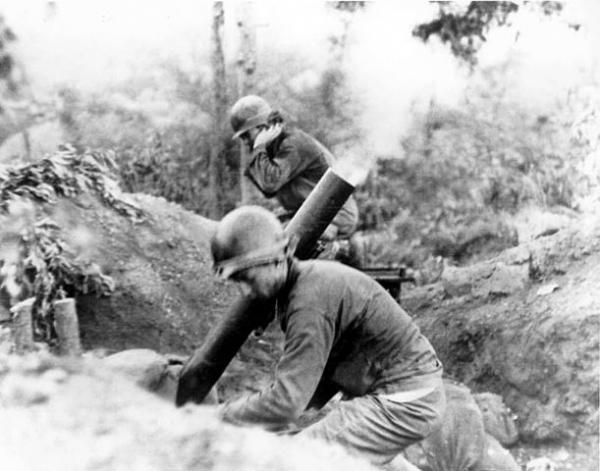
Battle of Chochiwon, 1950
1/9/14 ICTMN.com
Considering American Indian and Alaska Native Veterans have served in every branch of the U.S. Military for well over the past 200 years, It goes without saying that their efforts and histories of distinguished services should be recognized.
In addition to any recognition, while studying the facts surrounding Native Veterans through such reports as released by the U.S. Department of Veterans Affairs (VA) or the historical accounts of War Department officials, you will discover some interesting facts about Native Veterans outside the fact that American Indians serve at a high rate and have a higher concentration of female servicemembers.
Here are 10 interesting and surprising facts we found:
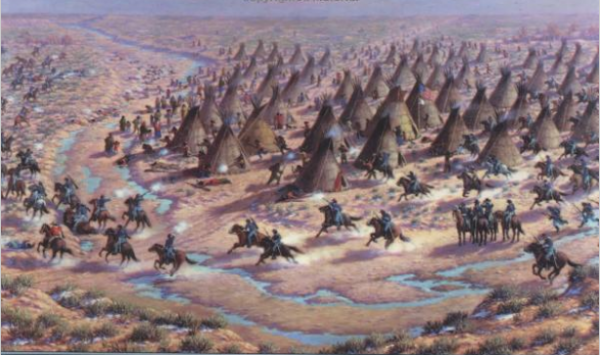
An Active Role in the Civil War
According to an extract from ‘A Compendium of the War of the Rebellion by Frederick H. Dyer’ In 1862, several Indian Home Guard Regiments were organized and expedited in Indian territories and utilized for several years by the Union Army during the Civil War. Statistics show just fewer than 3,600 Native Americans served in the Union Army during the war.
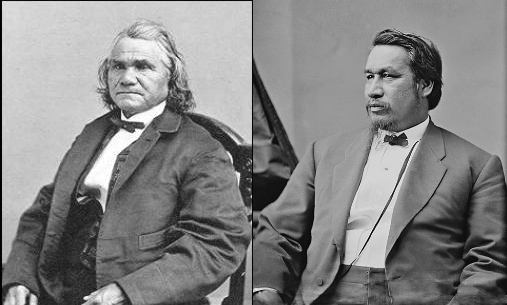
Two Civil War Generals of Distinction
Stan Watie (Cherokee) joined the Confederate Army to become a notoriously fearsome General and the last Confederate General to Surrender. Ely S. Parker (Seneca) whose father fought in the War of 1812, enlisted into the Union Army rose to become General and served on the staff of Ulysses S. Grant.
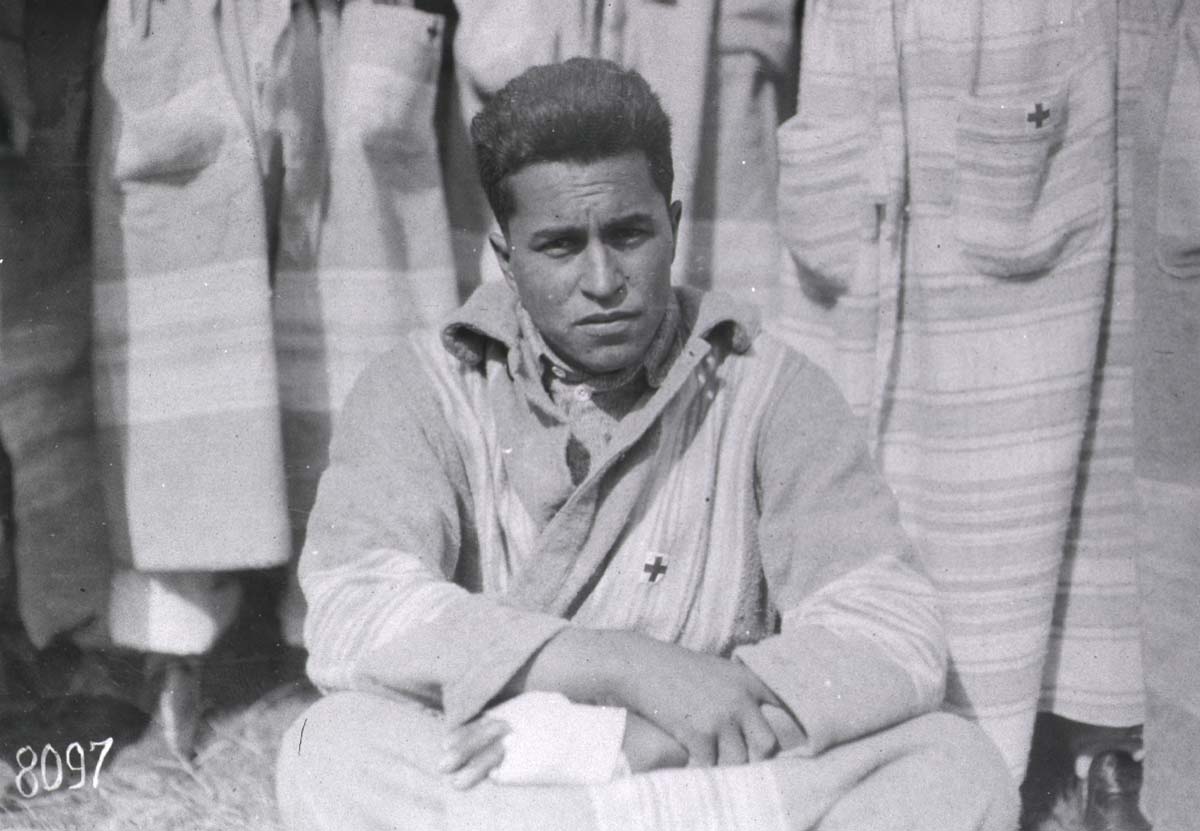
12,000 for World War I
When World War I started, American Indians were not considered U.S. citizens, but that did not stop approximately 12,000 Natives from volunteering to serve in the U.S. military. In addition, four American Indian soldiers serving in the 142nd Infantry of the 36th Texas-Oklahoma National Guard Division received the Croix de Guerre medal from France.
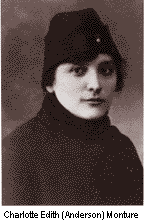
Native Women Doing Their Part
During WWI, 14 American Indian women served in the Army Nurse Corps, with two of them serving overseas. Mrs. Cora E. Sinnard, (Oneida) and Charlotte Edith (Anderson) Monture (Mohawk) both served as Army Nurses in France at a military hospital to lend their skills toward the war efforts overseas. Monture, who referred to her service as ‘the adventure of a lifetime,” died in 1996 at the age of 106.
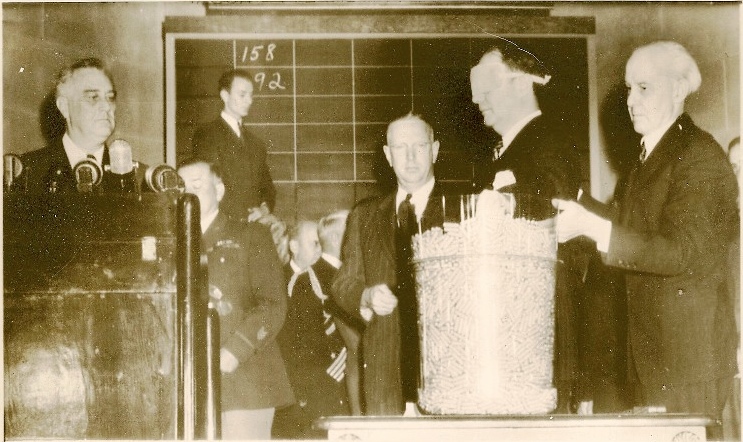
A Draft Could Have Been Avoided
War Department officials have stated, that during WWII, if the entire population had enlisted at the same rate American Indians did, Selective Service would have been unnecessary. According to the Selective Service in 1942, at least 99 percent of all eligible Indians, healthy males aged 21 to 44, had registered for the draft. The annual enlistment for Native Americans jumped from 7,500 in the summer of 1942 to 22,000 at the beginning of 1945.
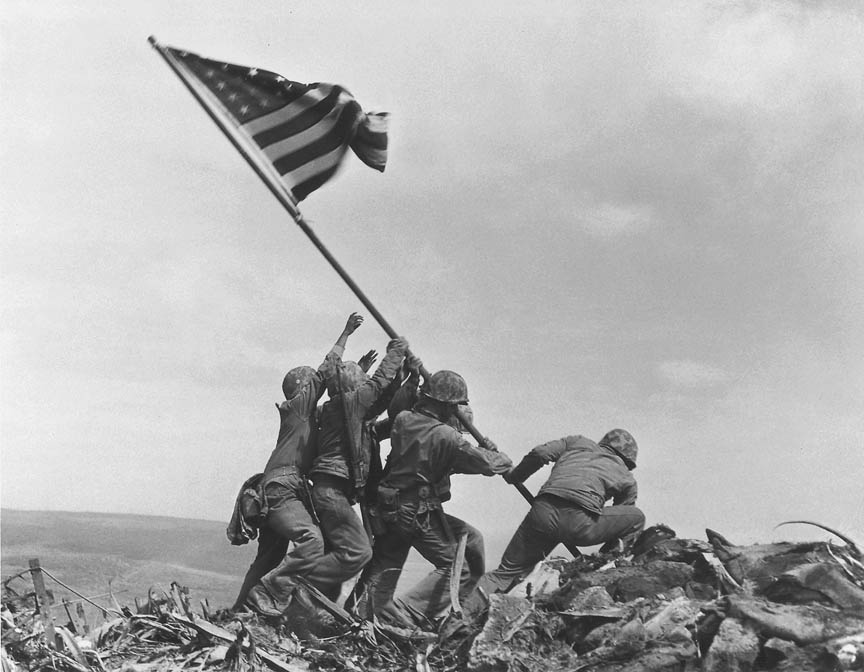
The Ten Percenters
By the end of the WWII, 24,521 reservation Indians and another 20,000 off-reservation Indians had served in the military effort – or 10 percent of the American Indian population. This combined figure of 44,500 represented one-third of all able-bodied Indian men from 18 to 50 years of age. In some tribes, the percentage of men in the military reached as high as 70 percent.
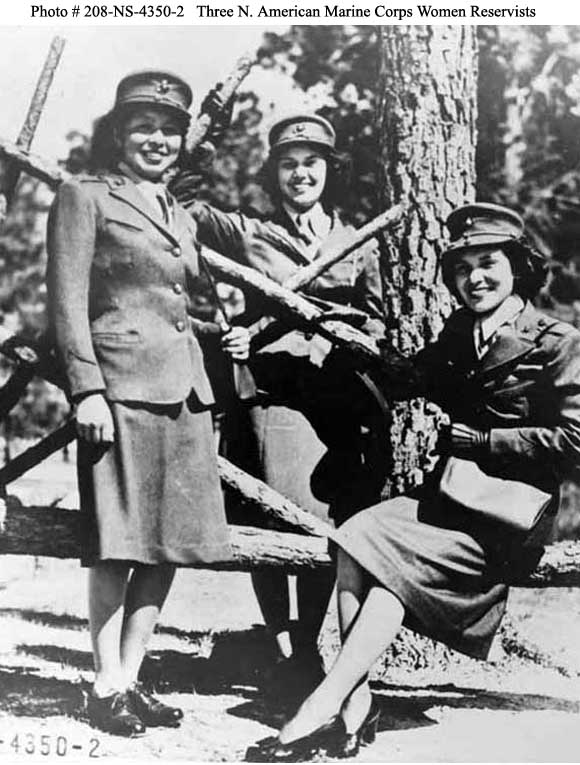
800 Native Women Warriors Strong
Throughout WWII, nearly 800 American Indian women served in the U.S. military. Elva (Tapedo) Wale, Kiowa; Corporal Bernice (Firstshoot) Bailey of Lodge Pole, Montana, Beatrice (Coffey) Thayer and Alida (Whipple) Fletcher are just a few of the servicewomen that served during WWII. These brave women served with such units as the Army Corps, the Army Nurse Corps and as WAVES, ‘Women Accepted for Volunteer Emergency Service.’
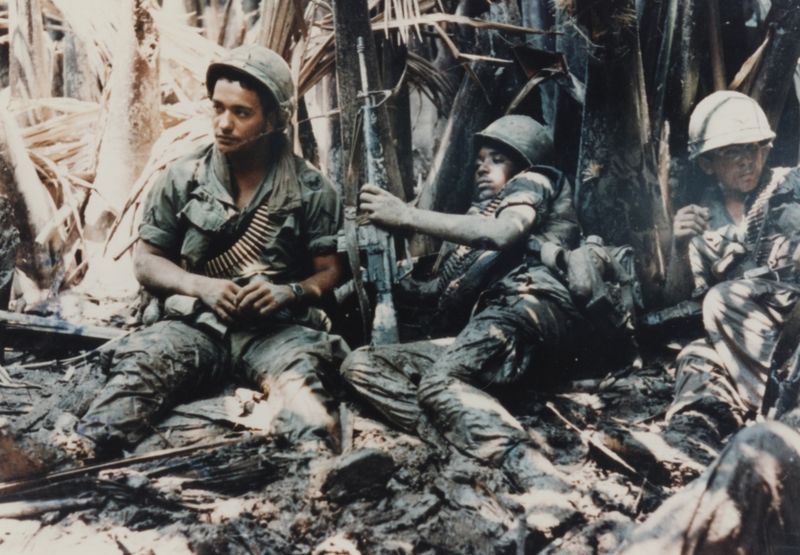
90 Percent Volunteer Through Vietnam Era
Throughout the Vietnam Era, American Indians enlisted in the military to the tune of more than 42,000 – 90 percent of them were volunteers, with the others serving trough draft selection. After Vietnam, Natives have continued to serve in high numbers. Since that time, Native servicemembers have seen military action and combat in Grenada, Panama, Somalia, the Gulf War, and in Operation Enduring Freedom (OEF), Operation Iraqi Freedom (OIF) and Operation New Dawn (OND).
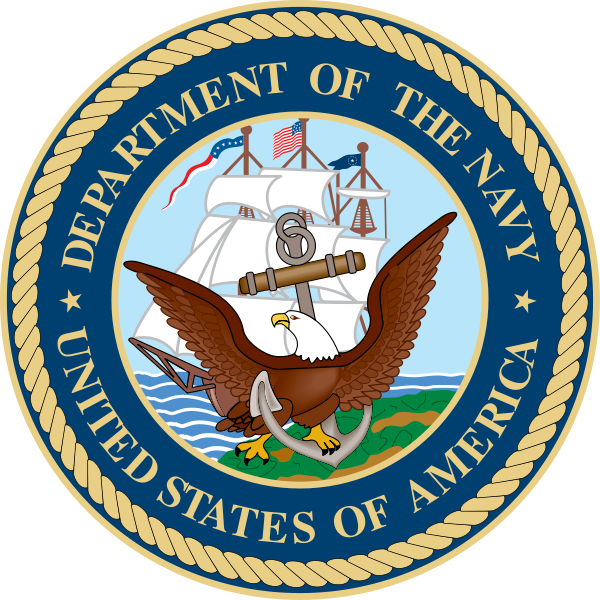
Navy Warriors
According to the 2012 VA report, nearly 50 percent of Native servicemembers served in the Navy in comparison to 14 percent of all other servicemembers of other ethnicities.
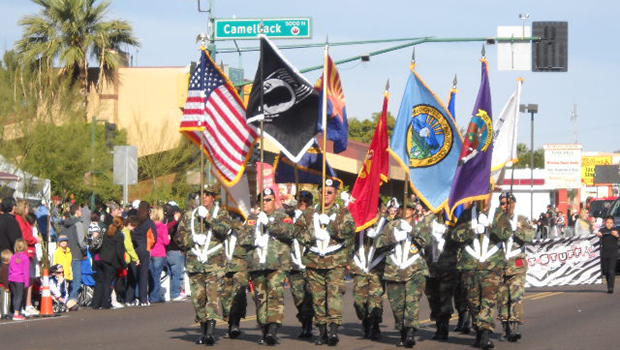
Five Years and You’re Out – Less for Officers
The VA also states that approximately 70 percent of Native servicemembers served five years or fewer and about 27 percent serve between six and 20 years. In terms of officers, only 6 percent of Native servicemembers were officers, while other ethnicities are roughly 2.5 time that rate.
